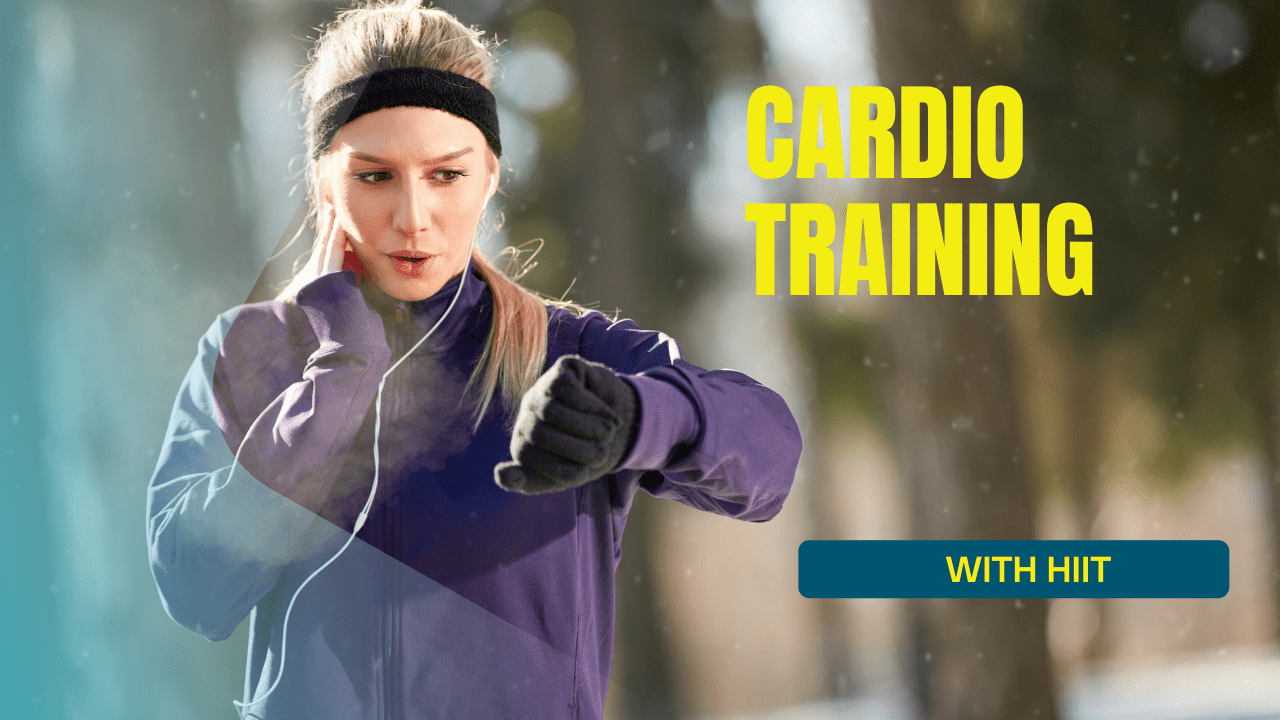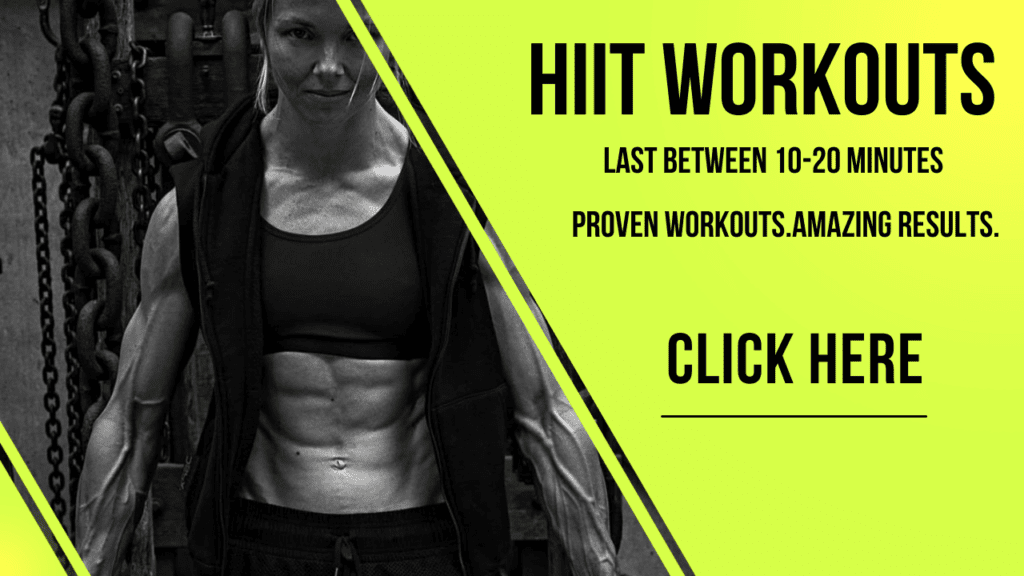Cardio Training
Cardio Training, If you want to build muscle, then you need to cause muscle damage and metabolic stress. By lifting weights, you can cause a build–up of damage and this will provide precisely the stimulation you need to trigger muscle growth during rest.
To lose fat, improve your fitness and get better health though, you need to use cardiovascular training.
Cardiovascular training is any type of training that involves exerting yourself for an extended period of time. Very often this will mean running long distances, with jogging being perhaps the most popular form of cardio training. Not far behind though are swimming, cycling, skipping, rowing and others.
Traditionally, this kind of cardiovascular training has been ‘steady state’. That means that you put on your running shoes, you step out of the door and you run for about 40–60 minutes. It’s steady state because you are maintaining a steady level of exertion throughout the course of the exercise. In this case you are jogging at a set pace and then maintaining that pace.
For a long time, this was thought to be the very best way to burn the maximum number of calories and to improve fitness – and there was good theory behind why this should be the case. Specifically, it was thought that there was an optimal ‘fat burning zone’ and that this could be found at roughly 70% of your maximum heartrate.
This makes sense in theory, seeing as faster than 70% of your MHR would put you past your ‘anaerobic threshold’. In other words, you would be running so fast, that you wouldn’t be able to rely on your aerobic energy system for fuel: you simply couldn’t burn fat quickly enough and so you would be forced to rely on energy stored in your muscles as ATP and glycogen.
It would appear to make sense then, that running at 70% of your MHR and maintaining the maximum pace at which the body burns fat, should result in the maximum weight loss.
But this isn’t what modern research has found.
HIIT stands for ‘High Intensity Interval Training’ and it completely turns this concept on its head. In HIIT you actually alternate between bursts of intense exertion (such as sprinting) and periods of relative low intensity exercise (like jogging or power walking). This way, you are switching from your anaerobic energy system to your aerobic system and back; switching between burning energy stored in your blood and muscles and energy stored as fat.
But what makes this so effective is what happens after the anaerobic training. When you exert yourself maximally by sprinting or exercising otherwise at 100%, you deplete any energy that might have been available from sources other than fat. This then means that following that, your body can only burn fat for energy – there is no other option remaining.
Thus, the you will then burn even more fat during the aerobic portions of the exercise. And when you finish and go home, you will continue to burn fat stores because you’ll still be low on stored glycogen. This is what some people refer to as the ‘after burn effect’ and it means that after an intensive session of HIIT, you can continue to burn more calories for the entire remainder of the day!
More Benefits of HIIT
HIIT is able to burn more calories than steady state cardio then and because you’re exerting yourself more at certain points throughout your training, this means you should also see be finished in a much shorter space of time.
Typically, a HIIT session can last between 10–20 minutes and be just as effective in terms of calories burned as a 40–minute run. For those who have a busy and hectic work schedule then, HIIT training is the ideal solution and allow them to squeeze in a few short minutes of highly effective training to get amazing results!
There are more reasons to get excited about HIIT too.
When looking at any type of training program, what’s always useful to keep in mind is the SAID principle. This means ‘Specific Adaptations to Imposed Demands’ – it means that your body changes to adapt to the demands placed on it. If you train at altitude, you become better at training at altitude. If you jog, you become better at jogging.
Thus, HIIT makes you better at high intensity activities – which include sprinting, running, rowing, boxing, wrestling, play fighting, sports, moving furniture and more. These are things we are much more likely to utilize in our daily lives and that makes this a more adaptive and useful form of training. Whereas steady state cardio makes you more effective at ‘long slogs’, HIIT makes you explosive and athletic.
And this also creates a number of other great advantages too. For instance, HIIT has been shown to help improve the efficiency and number of mitochondria. Mitochondria are tiny ‘energy factories’ that live inside all of our cells and have the critical role of creating and utilizing ATP (adenosine triphosphate). This is the most fundamental form of energy in the human body and it’s what fuels all our movements as well as all our thoughts. More mitochondria means greater energy efficiency.
That means yet more athletic performance and even more brain power. Your brain cells have mitochondria too!
Ever wondered why little kids seem to run in circles all day without getting tired while older generations get exhausted from getting up to turn the TV on? One of the big reasons for this discrepancy is the difference in the number and efficiency of mitochondria.
This also improves your ‘VO2 max’, which is the amount of oxygen you are capable of using. The greater your VO2 max, the more efficient you become at oxygenating your body. This is one of the biggest indicators of physical fitness and one of the things that athletes are encouraged to focus on in their training.
But perhaps best of all is that the kind of explosive movement used in HIIT will invariably engage your ‘fast twitch muscle fiber’. These are the muscle fibers that contain more mitochondria and that are responsible for delivering rapid power. They’re also the biggest type of muscle fibers and the ones that will make you look like a bodybuilder.
If you engage in steady state cardio, then you can risk converting your fast twitch muscle fiber into slow twitch fiber. Why? Because you are placing high energy demands on your body over a long duration – and thus your body will want to move the ratio toward the most efficient form of muscle fiber. What’s more, is that you create a highly catabolic environment that in short starves your body of fuel and forces it to break down both fat and muscle.
This is why most long–distance runners also happen to be stick thin.
But when you engage your fast twitch muscle fibers, you show your body that you need explosiveness and you shorten the length of the catabolic period. This in turn means that you don’t risk breaking down muscle tissue in the same way, allowing you to create a physique that is hard, ripped and powerful. Women can expect toned definition, while men can expect rippling vascularity and striations.
That’s why, as we stated earlier, this is the preferred weight loss strategy of cover models and celebrities.
- So let’s recap: this is a form of training that is:
- Quicker than conventional steady state cardio
- Able to burn a much greater number of calories in a shorter time
- Able to create an ‘afterburn effect’ for increased metabolism throughout the day
- Effective in increasing energy levels by improving the number of mitochondria
- Effective in protecting muscle against deterioration for a leaner, harder physique
- Excellent for your all–round health
Oh and did we mention that it’s also highly versatile and practical and can be performed anywhere?
Yep, that’s pretty much why people love HIIT. Let’s introduce it into your routine, shall we?
Just before we do that though, let’s take a closer look at the science. Boring I know – but it will be
crucial in helping you to really understand what you’re doing, rather than just following a routine
blindly!


